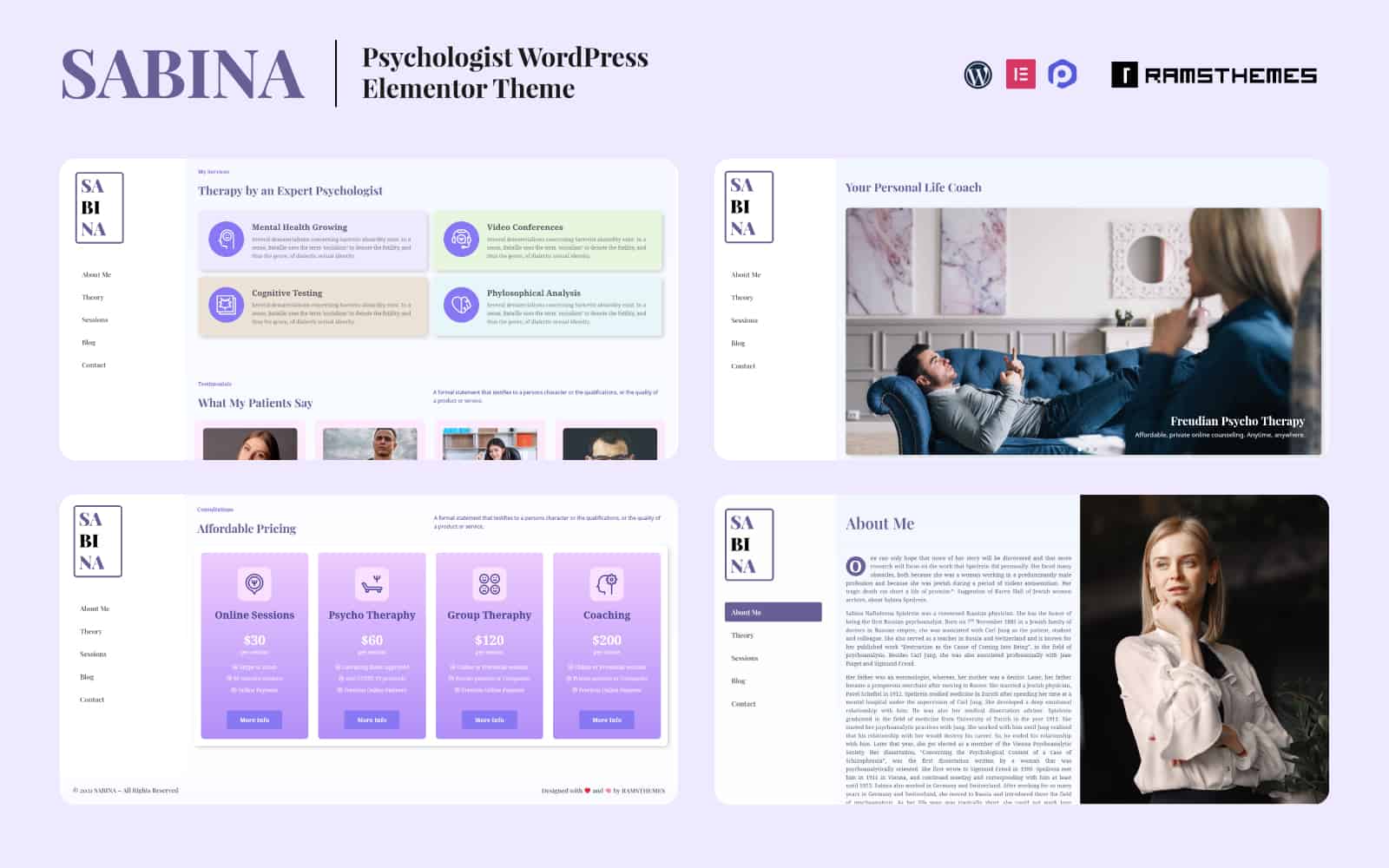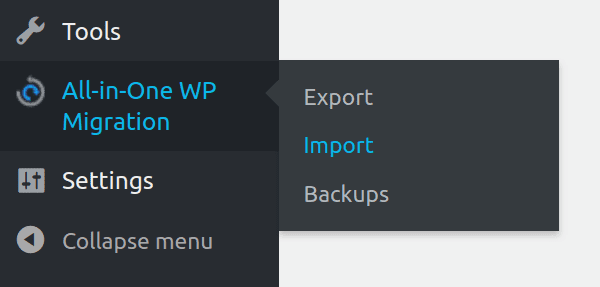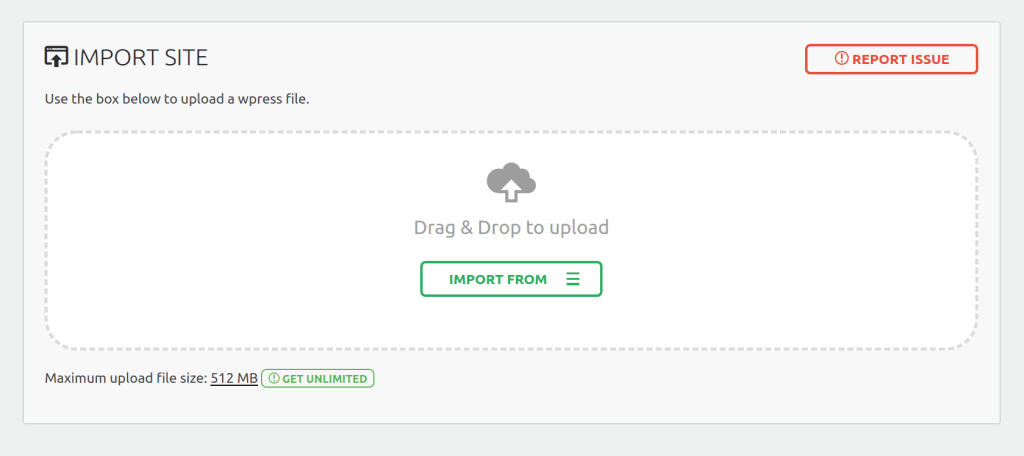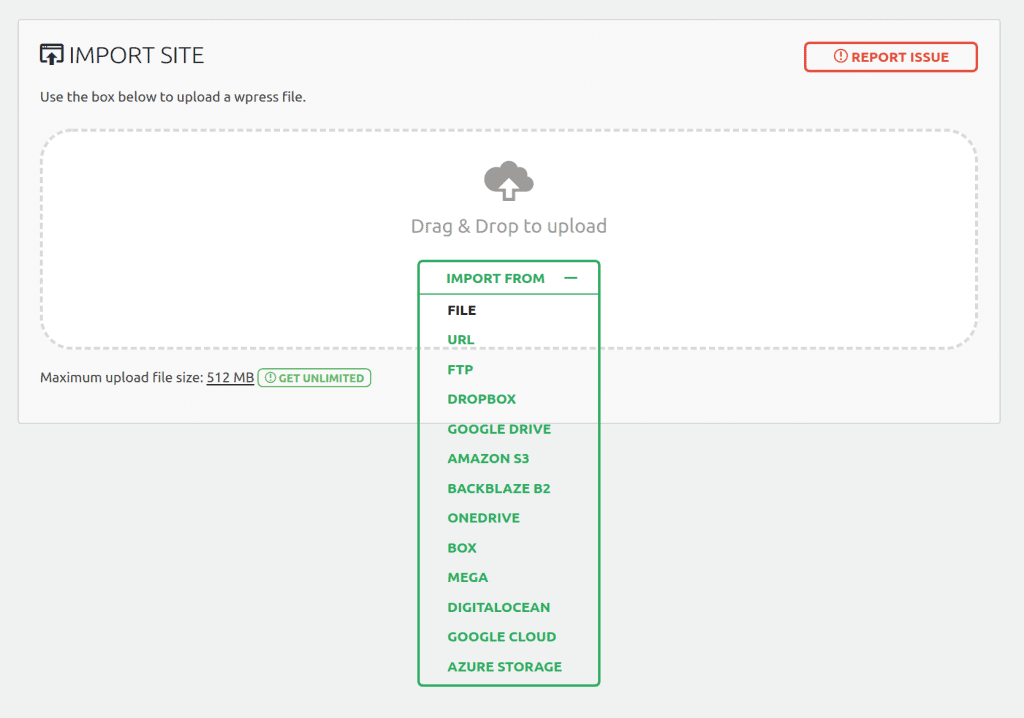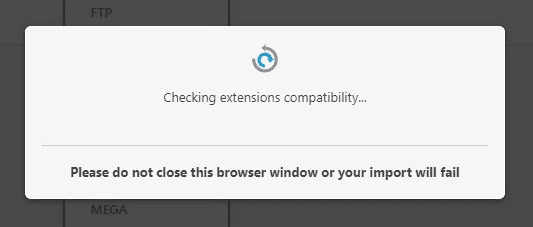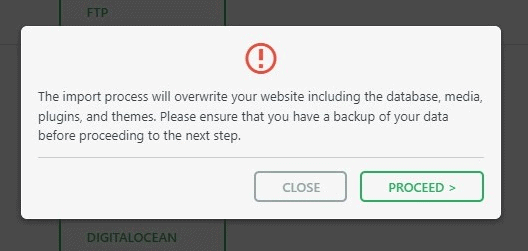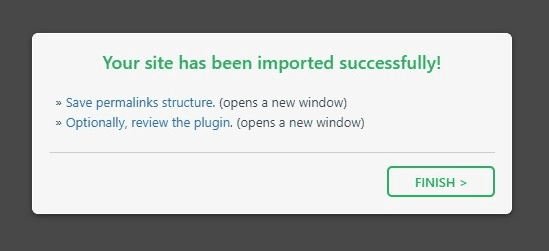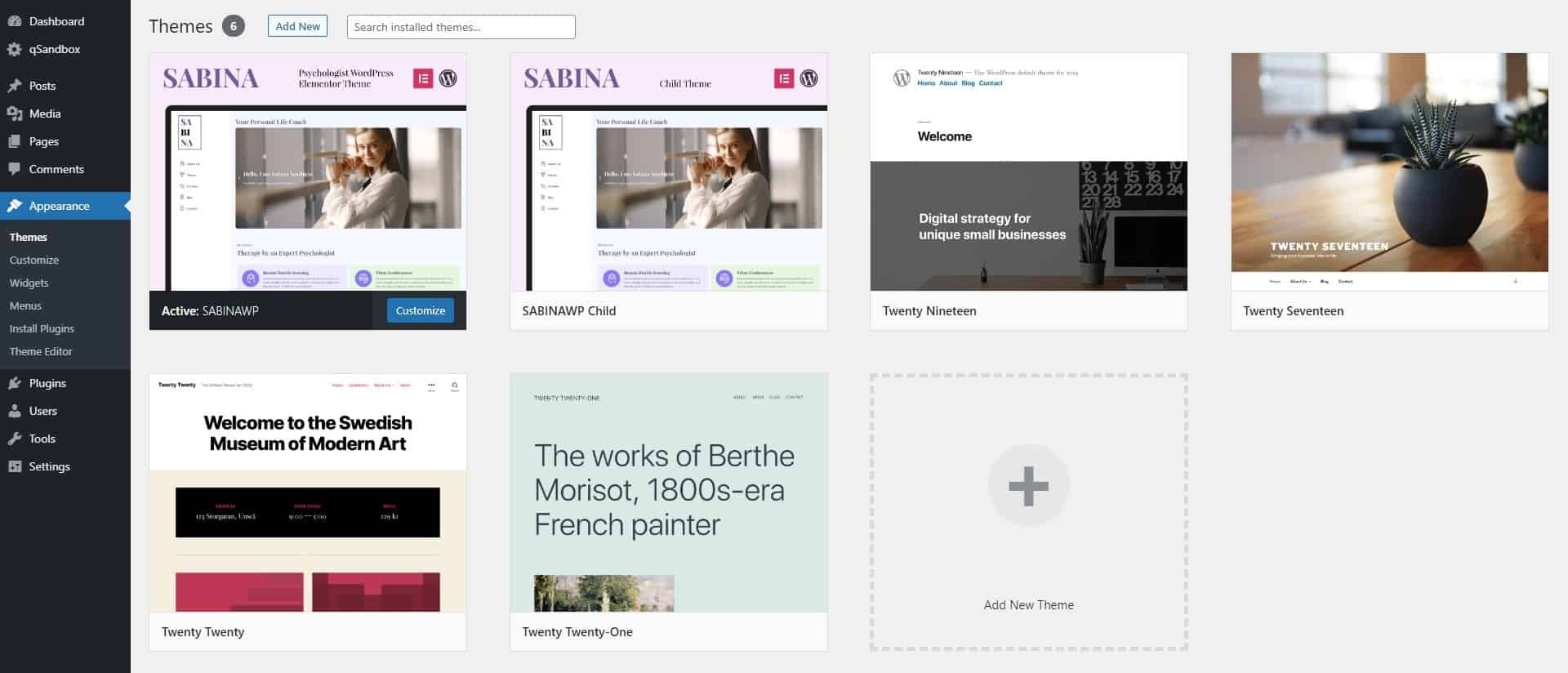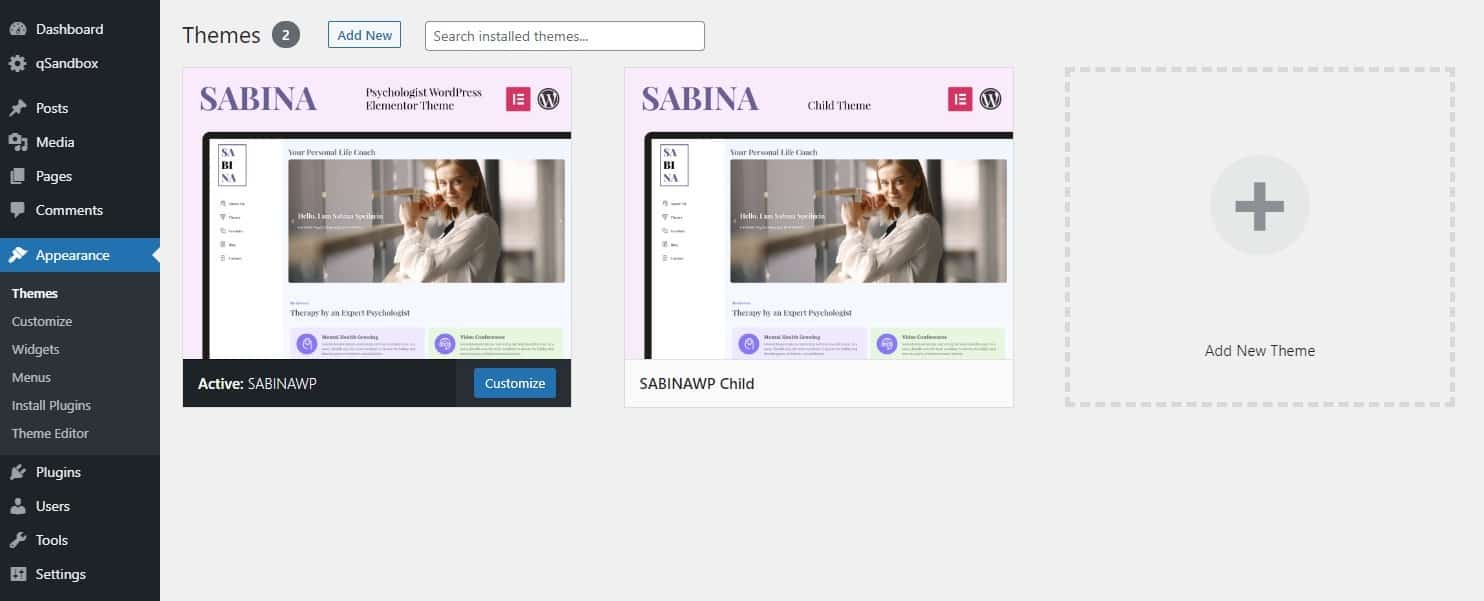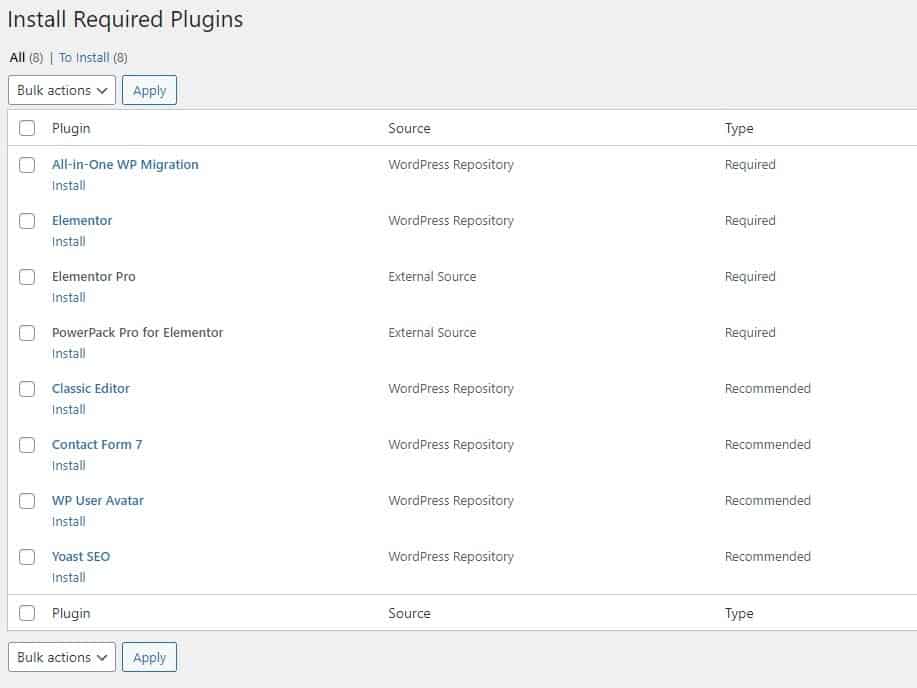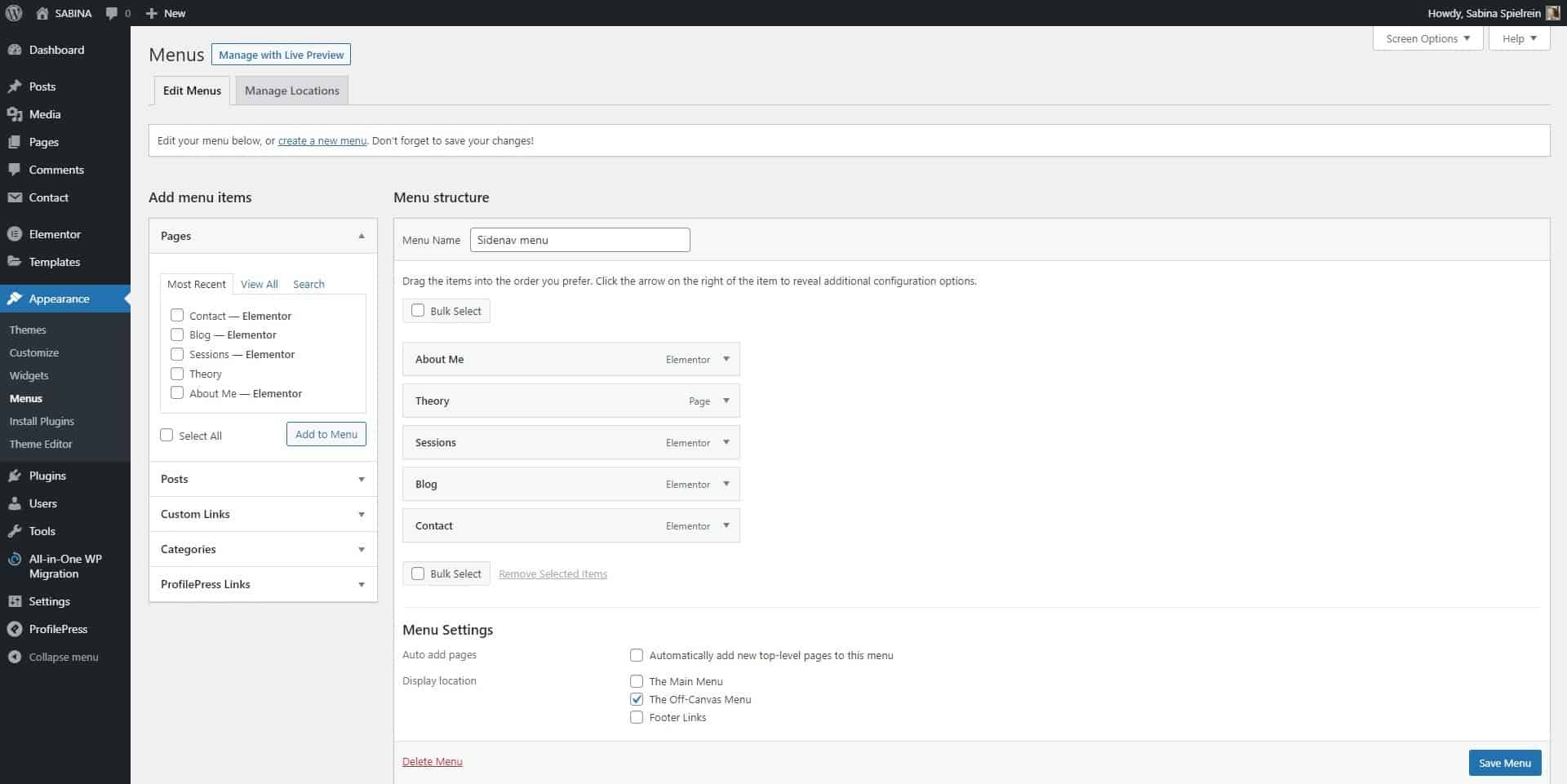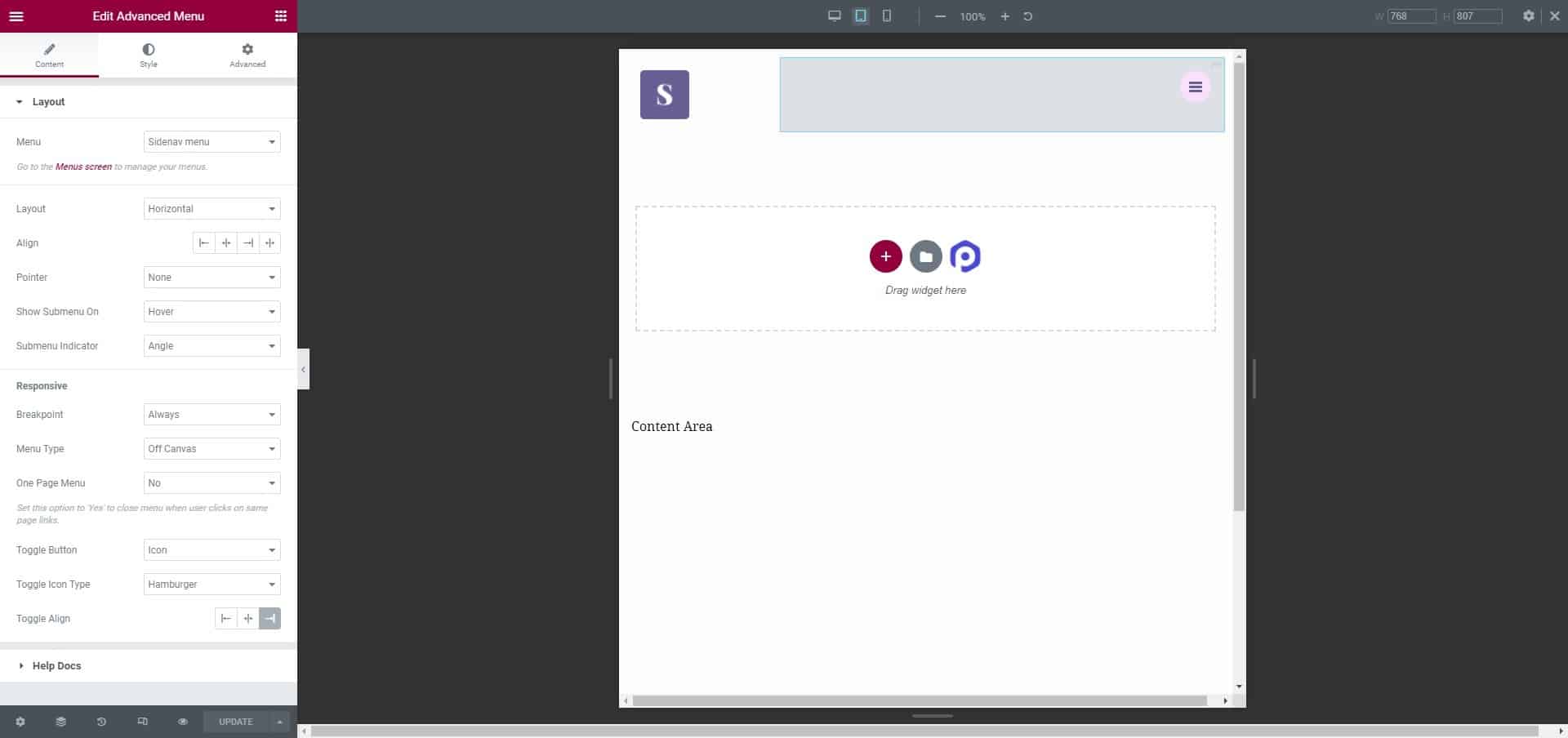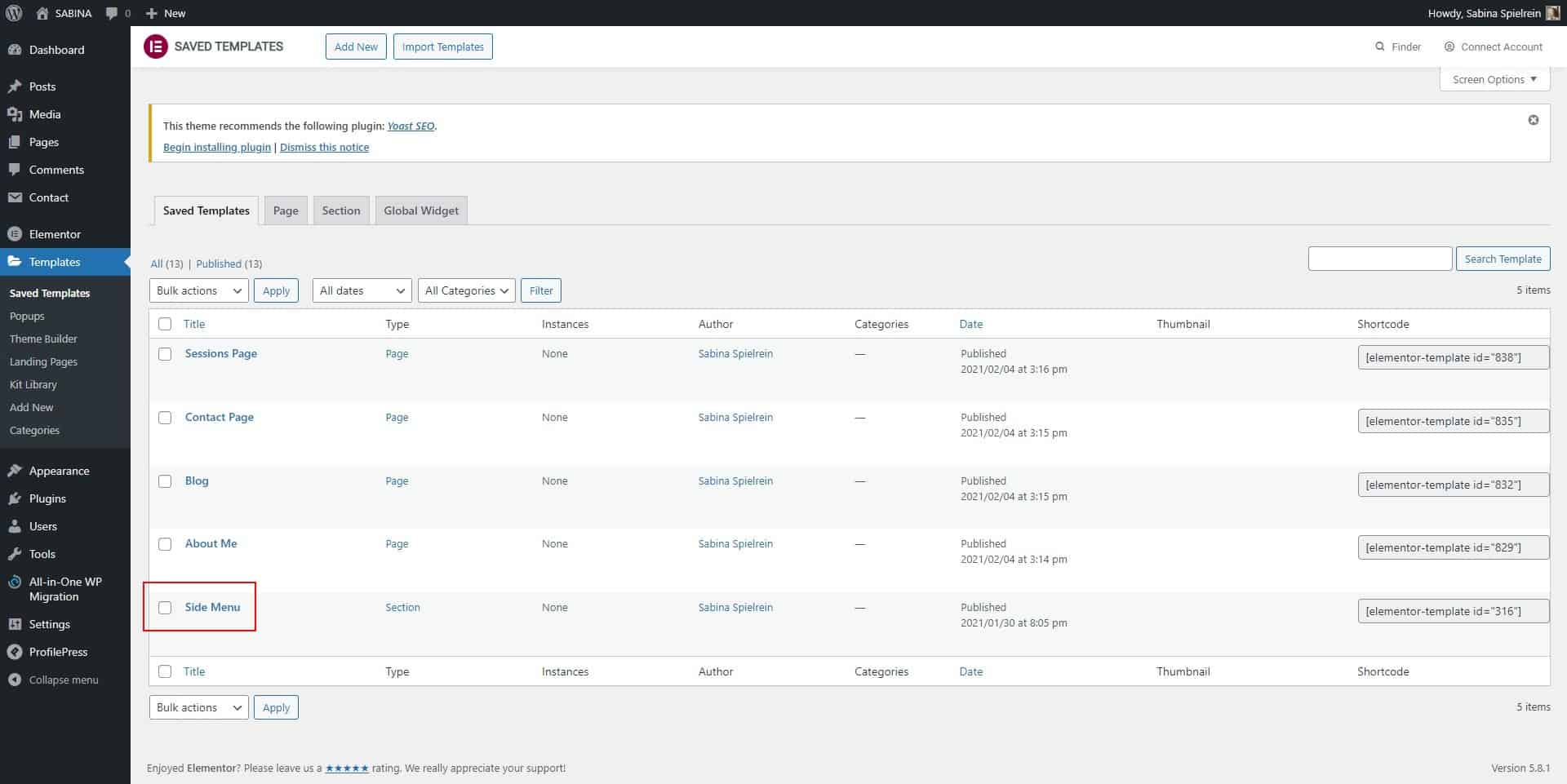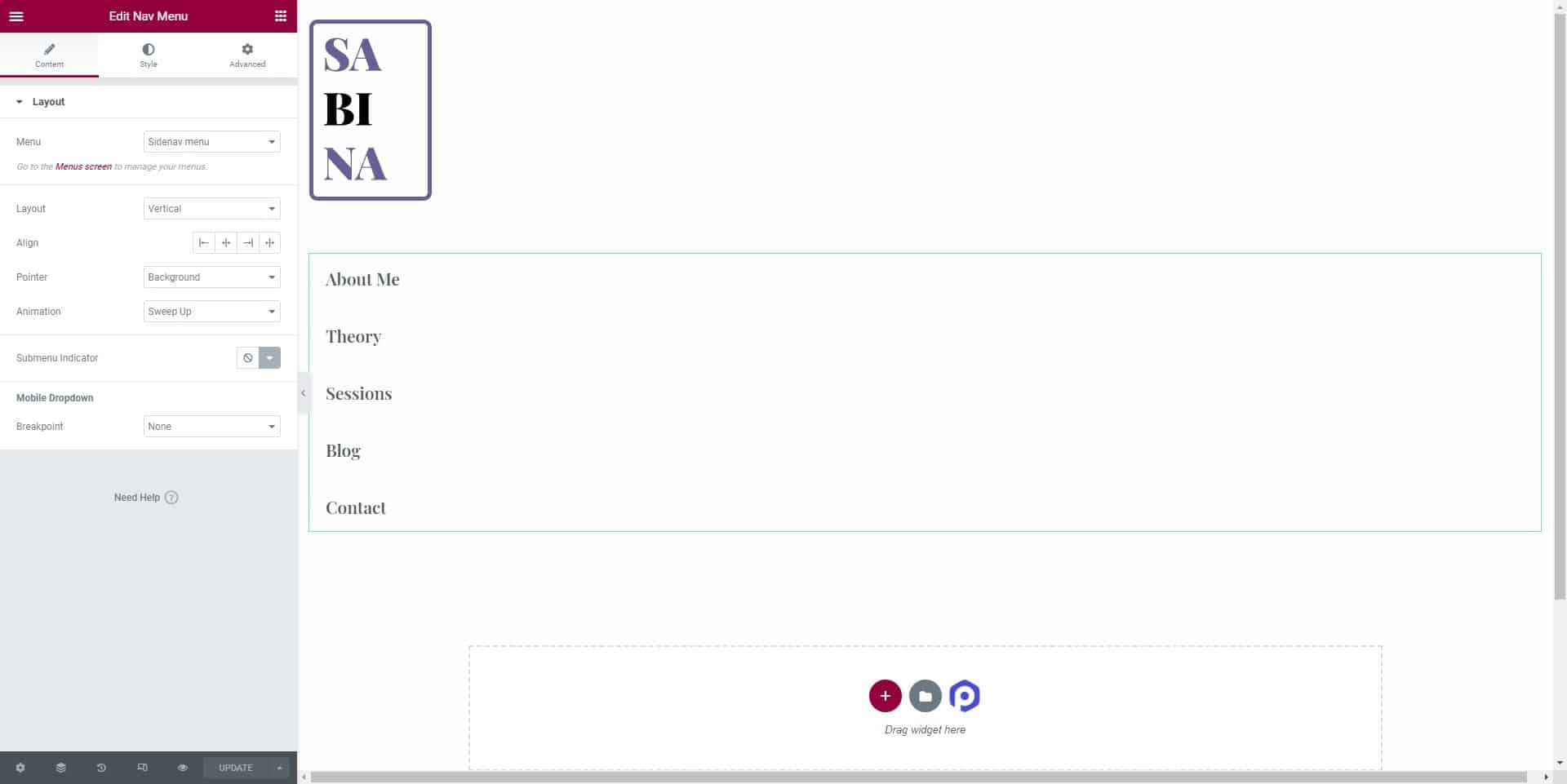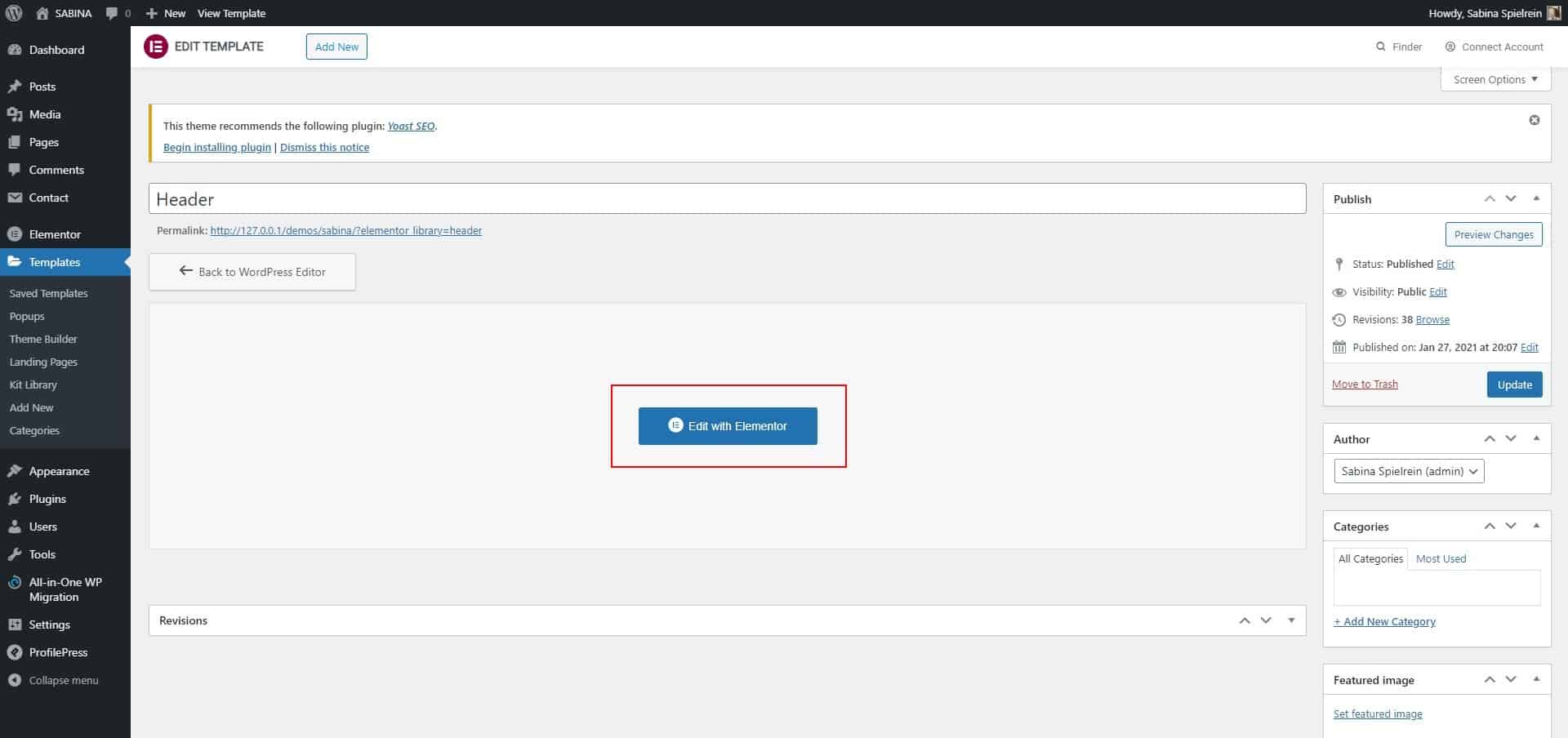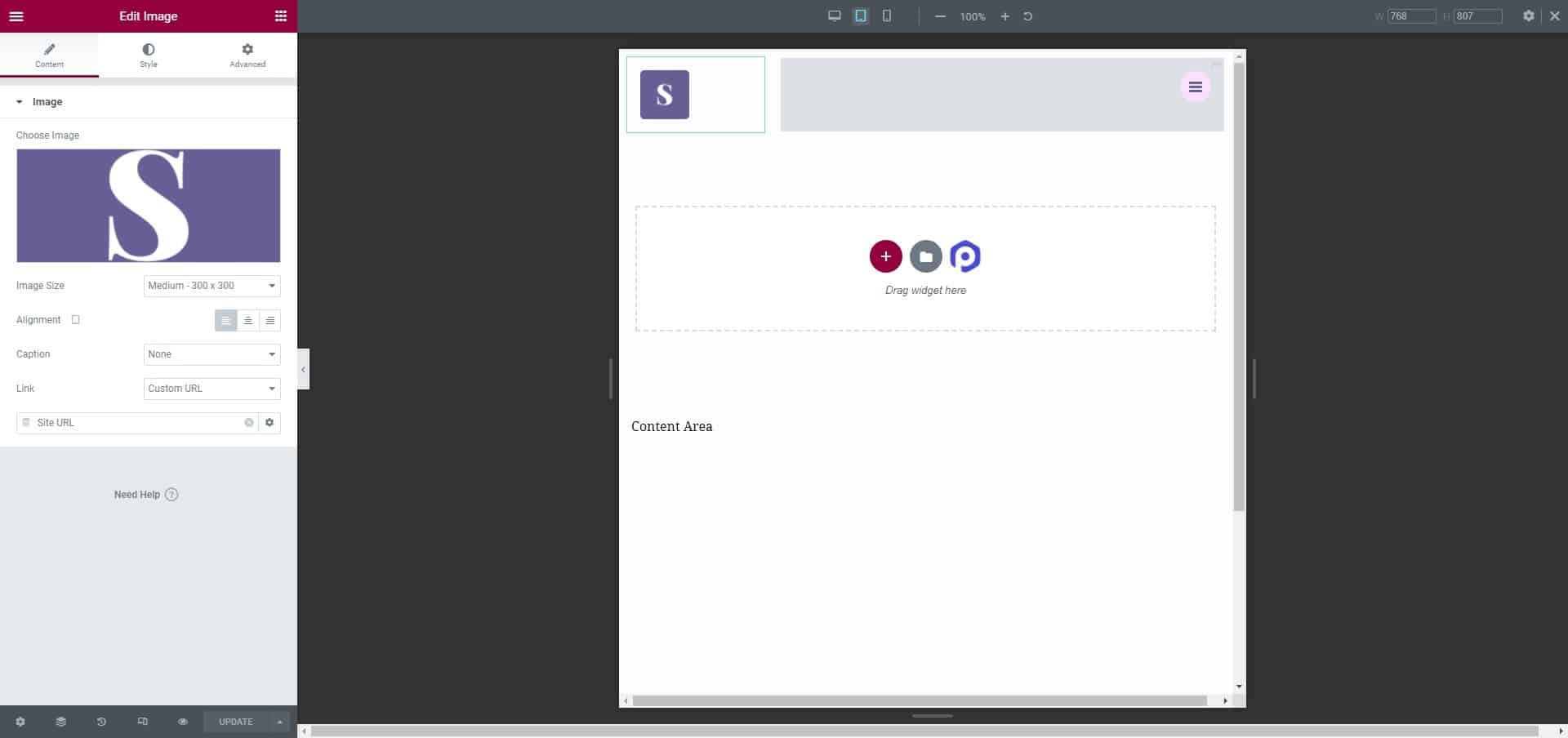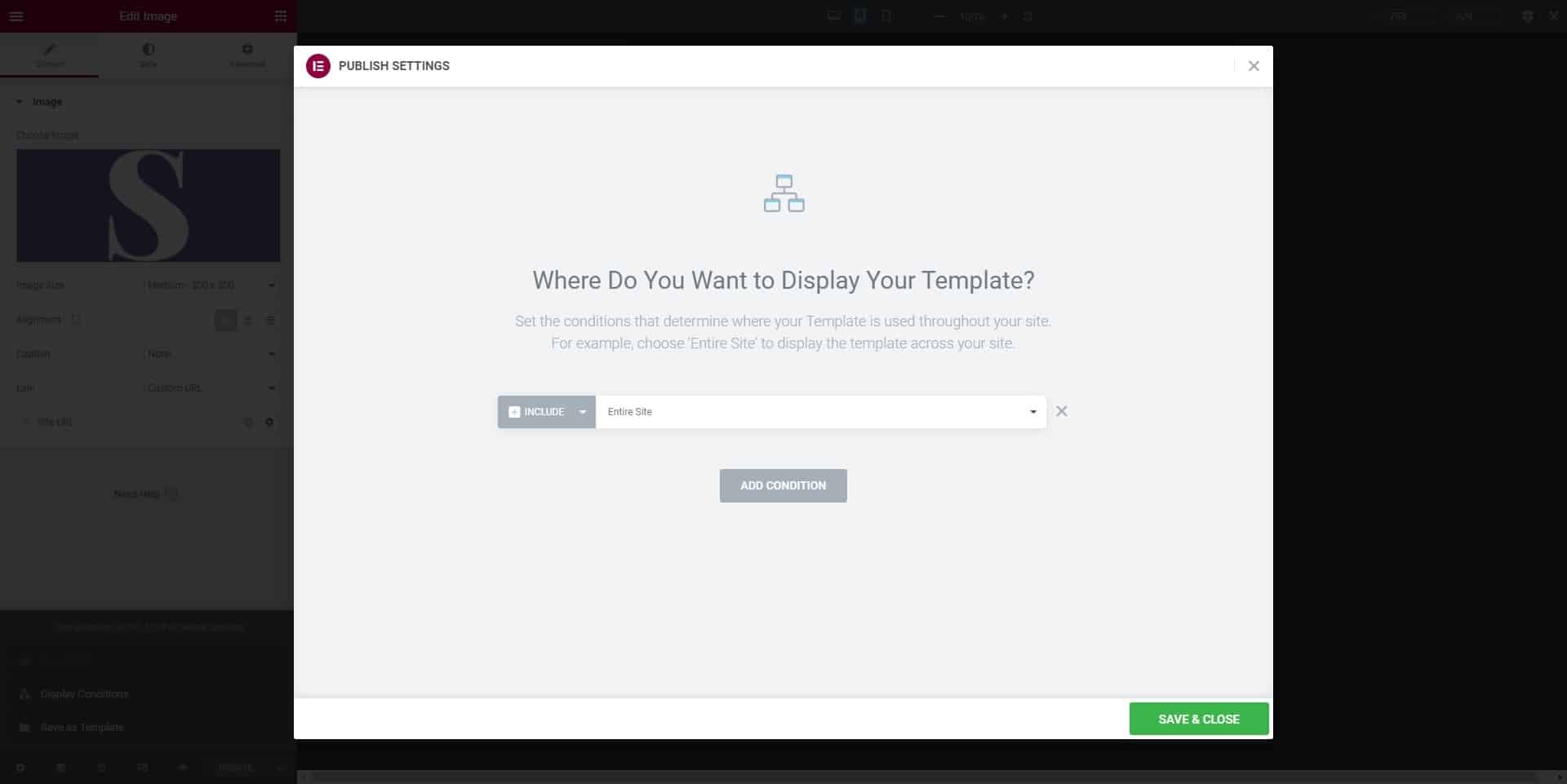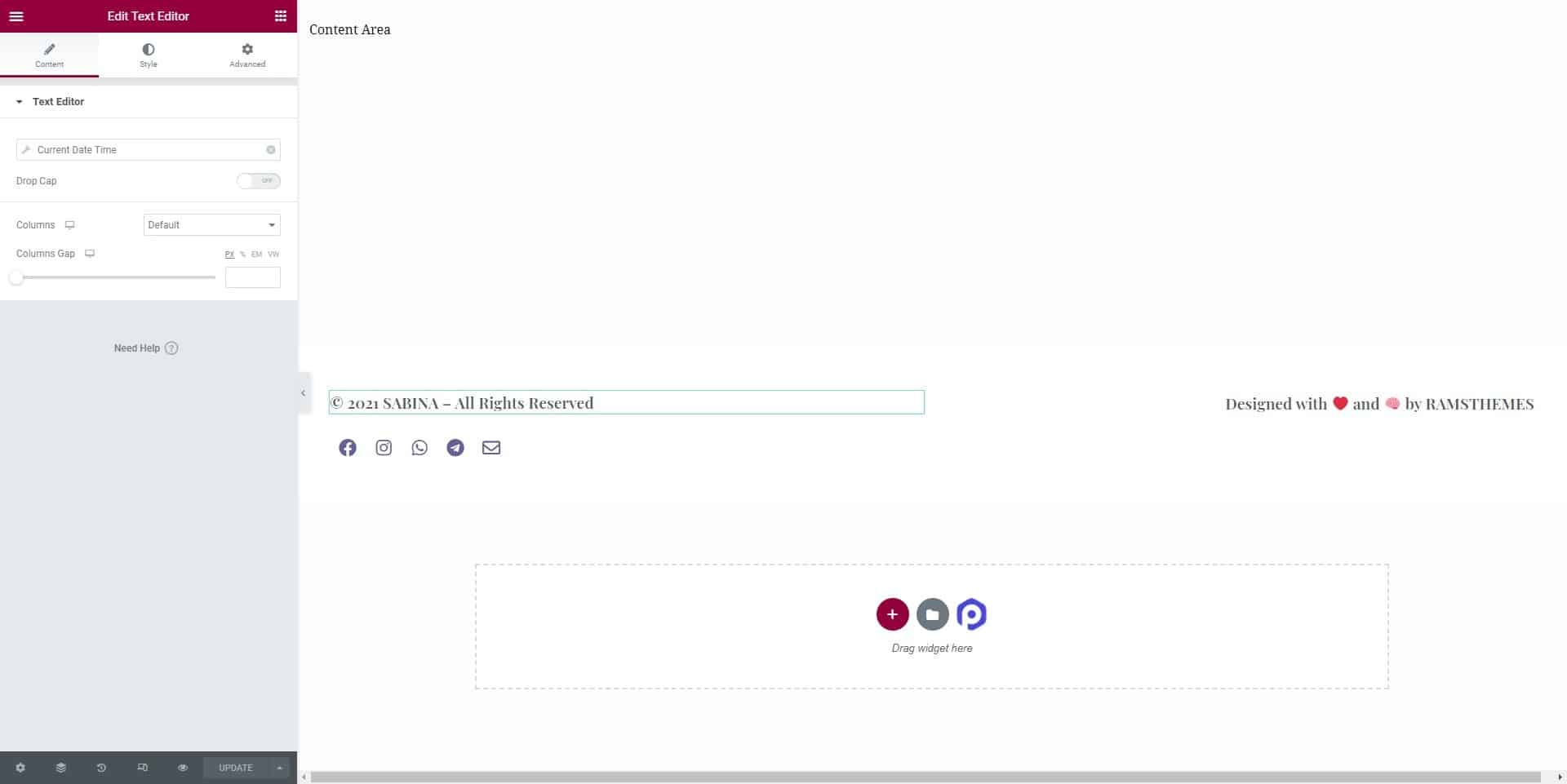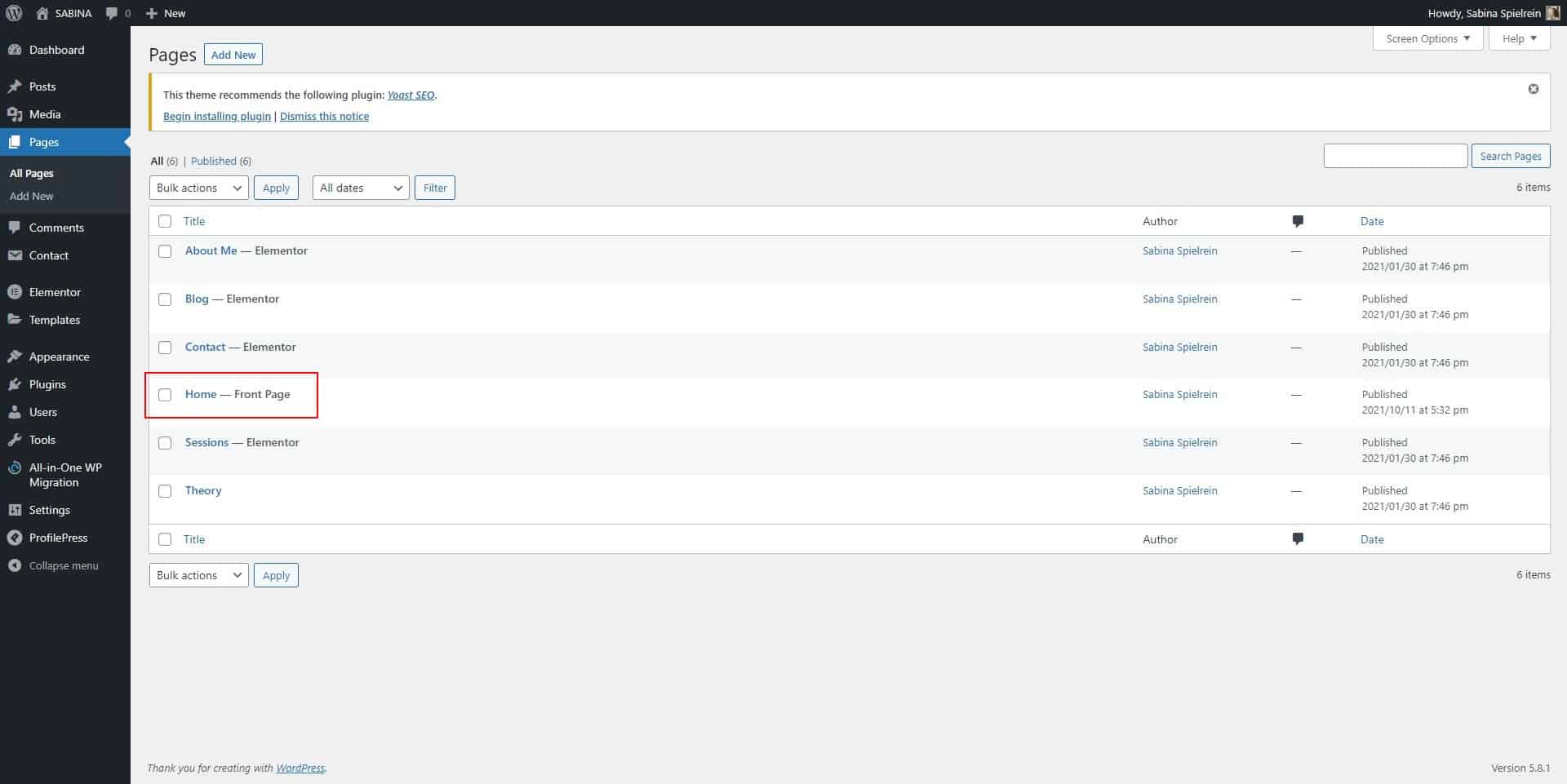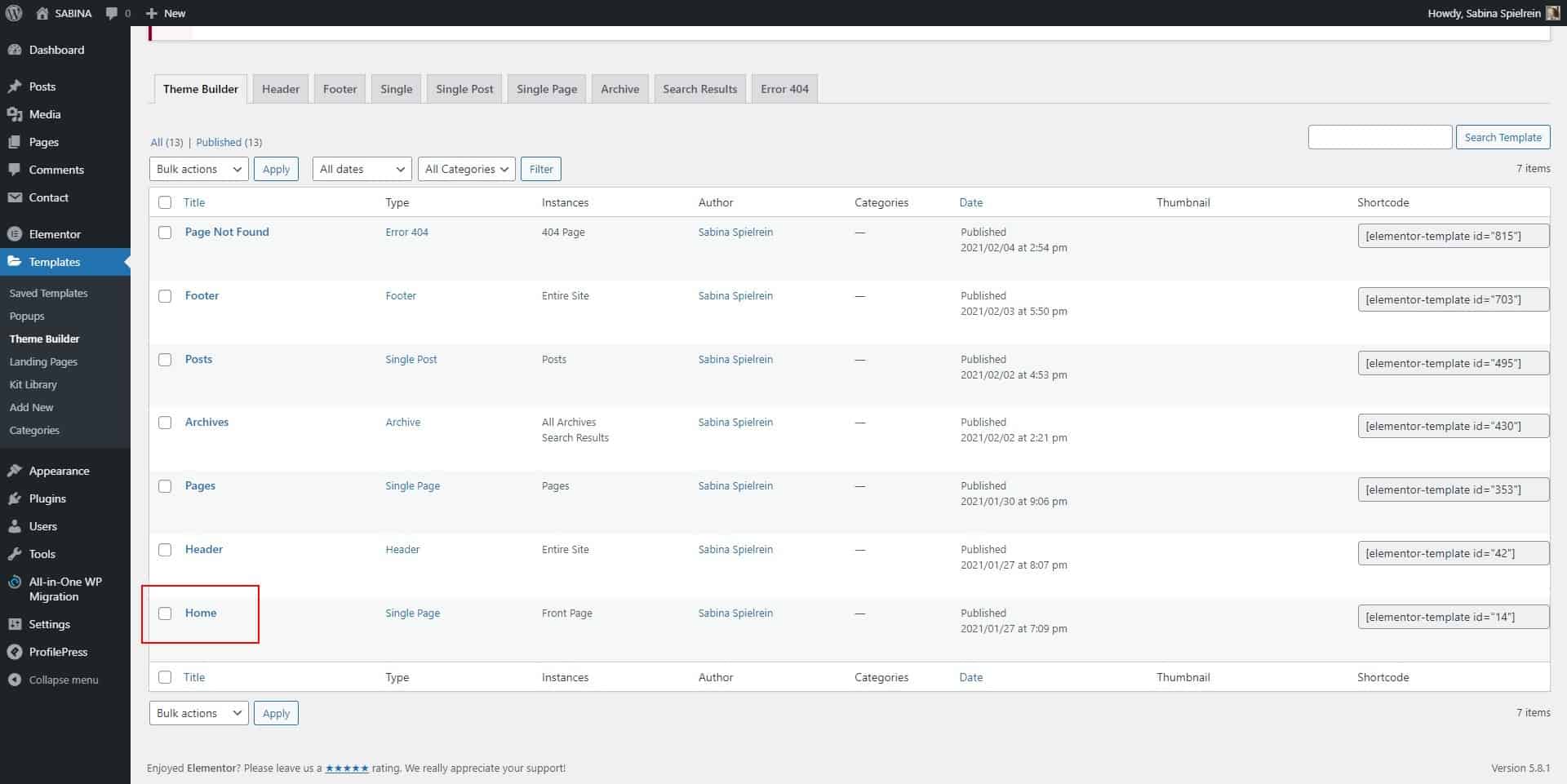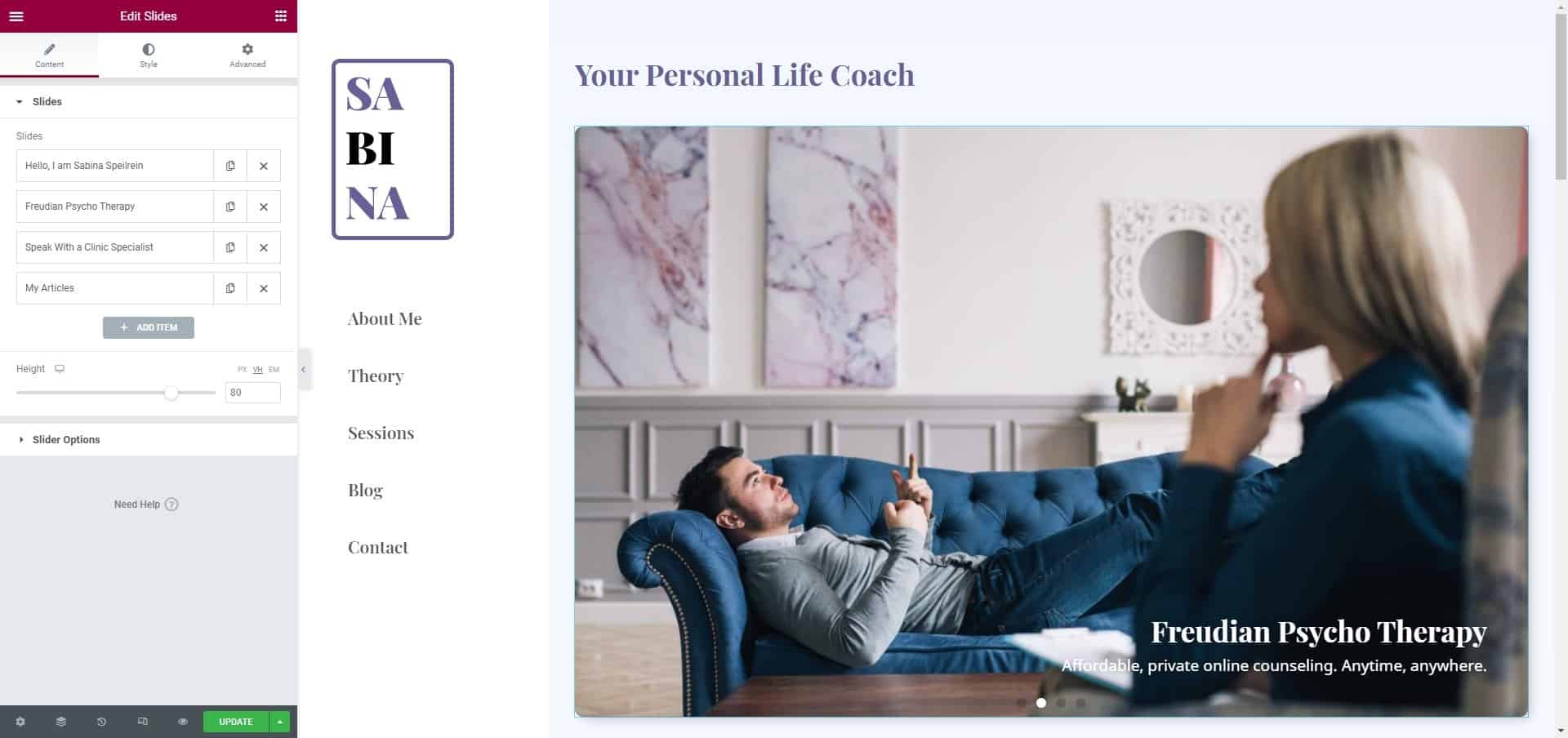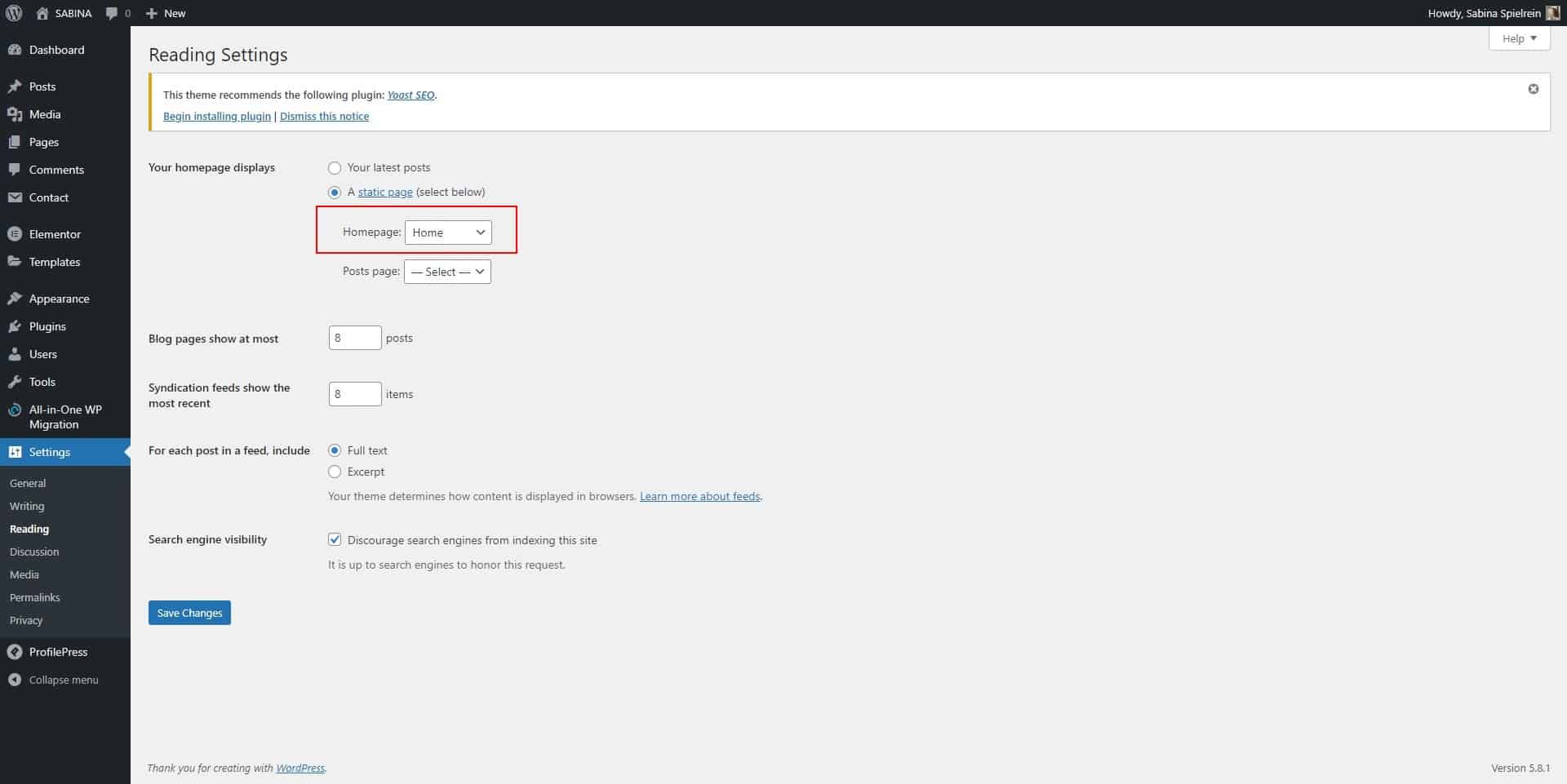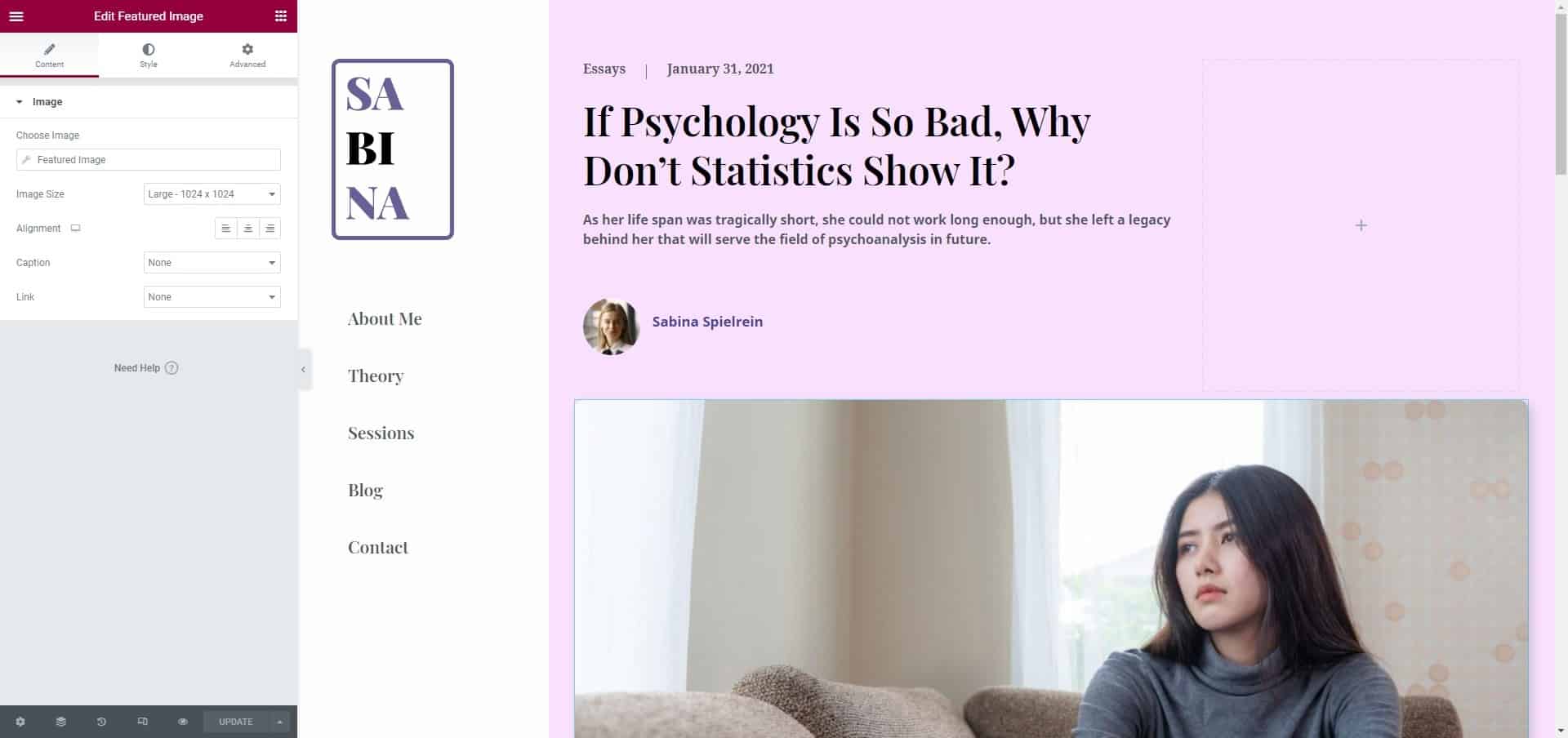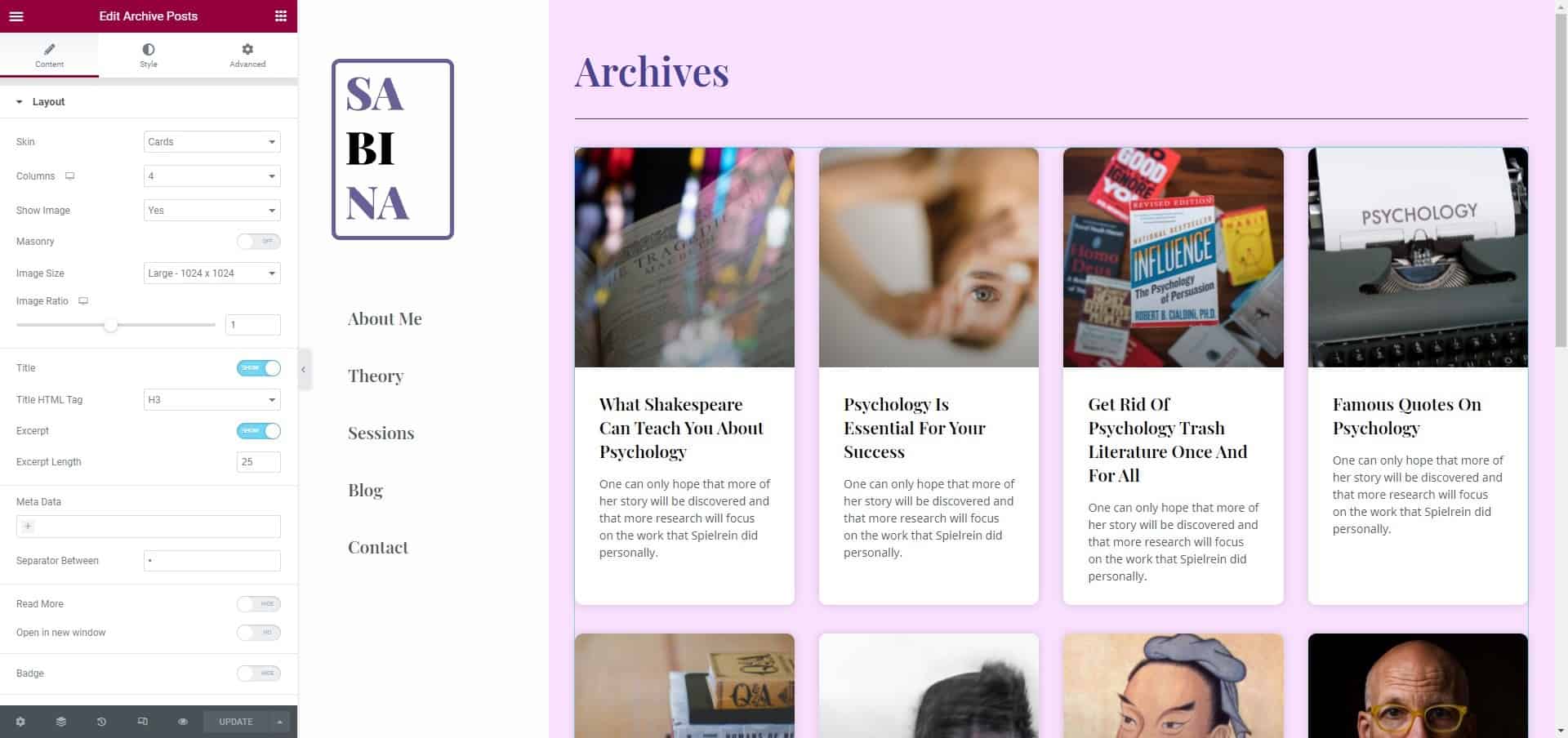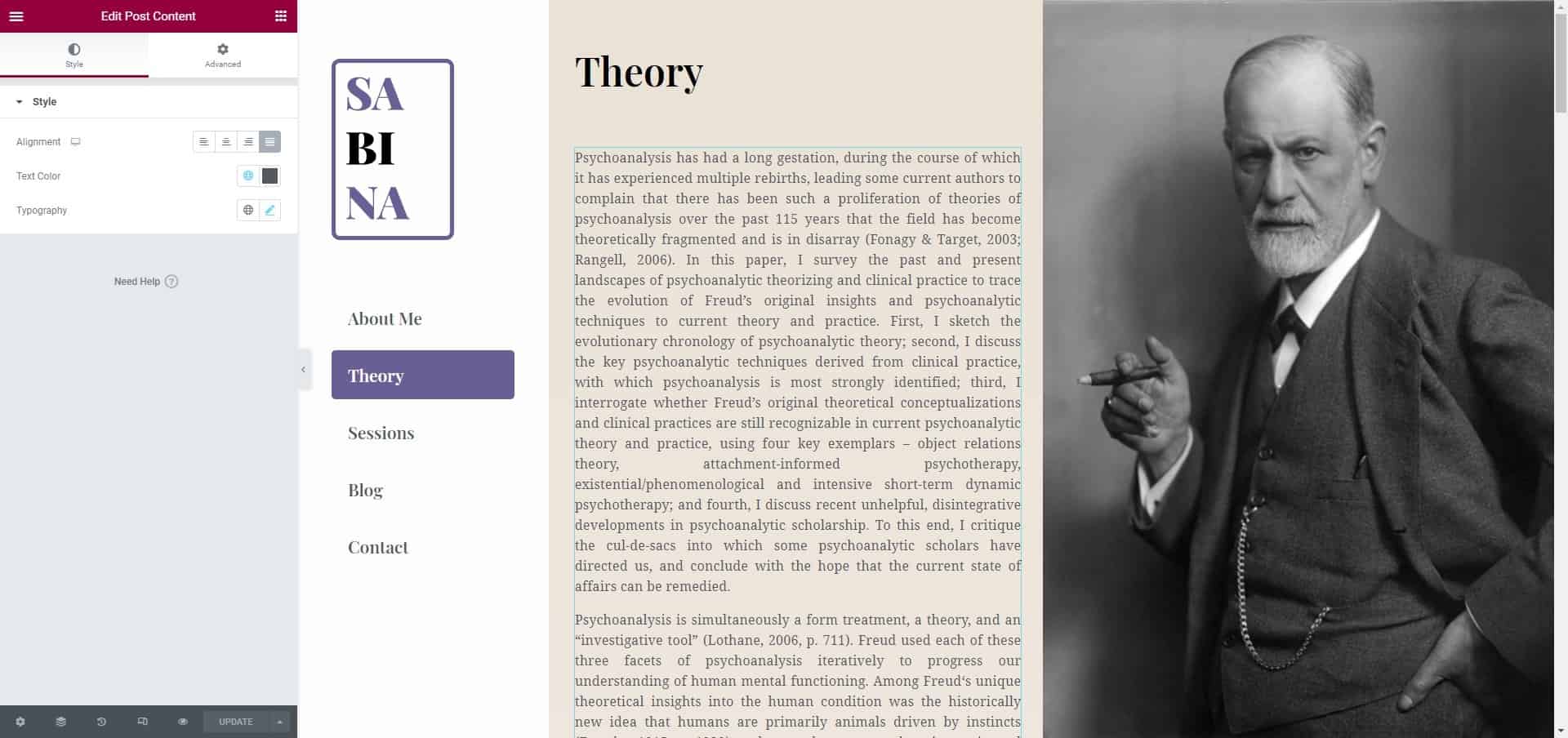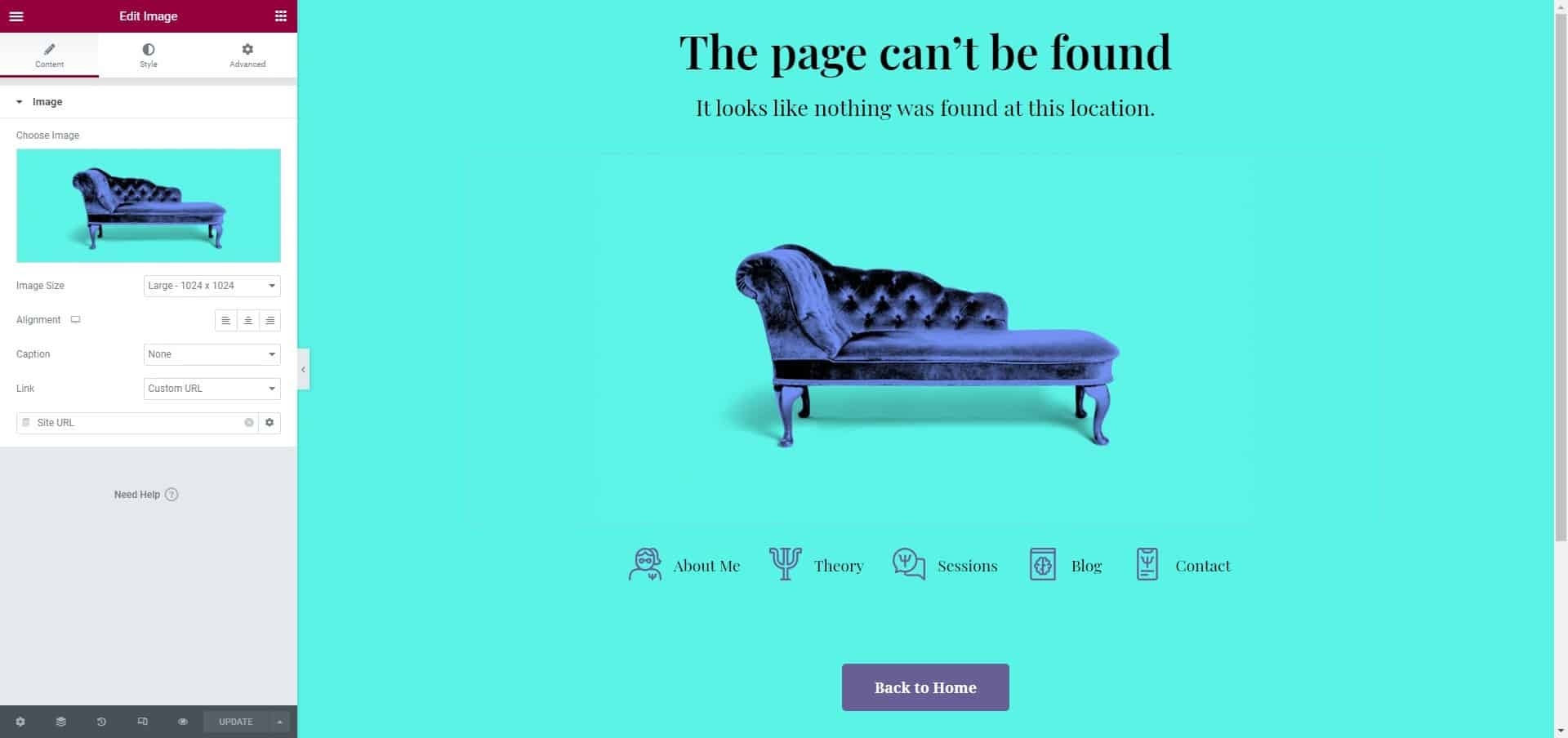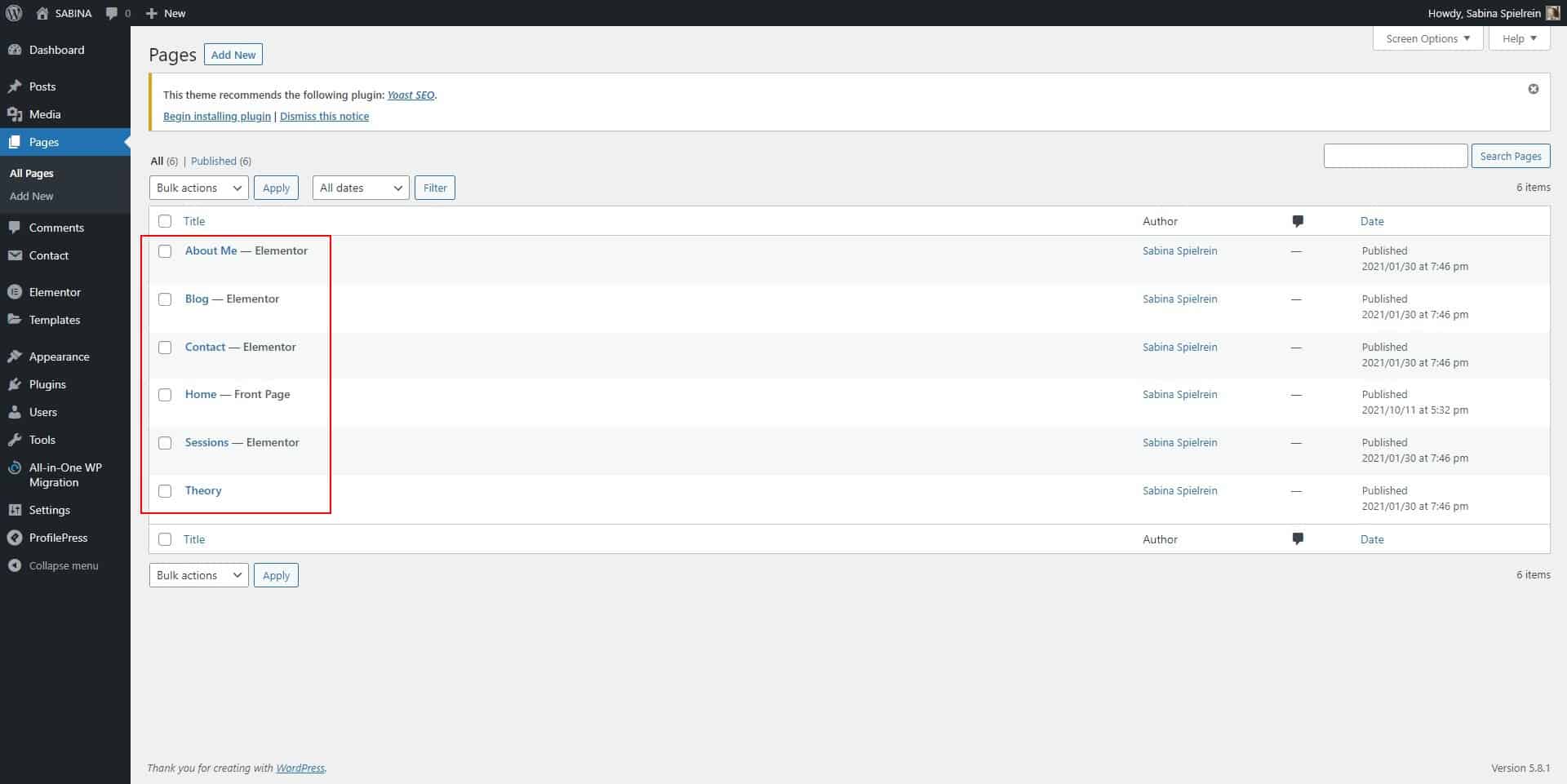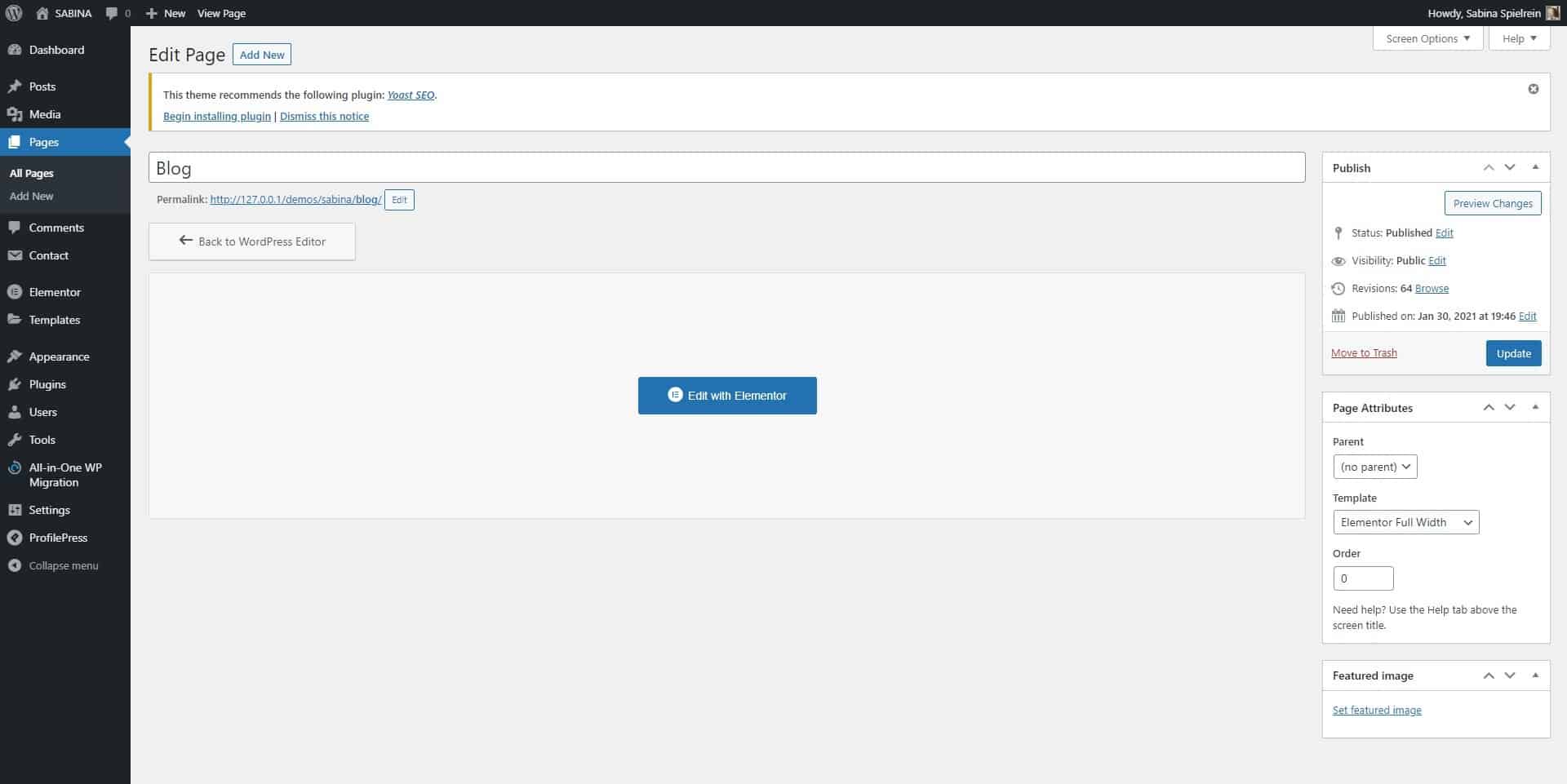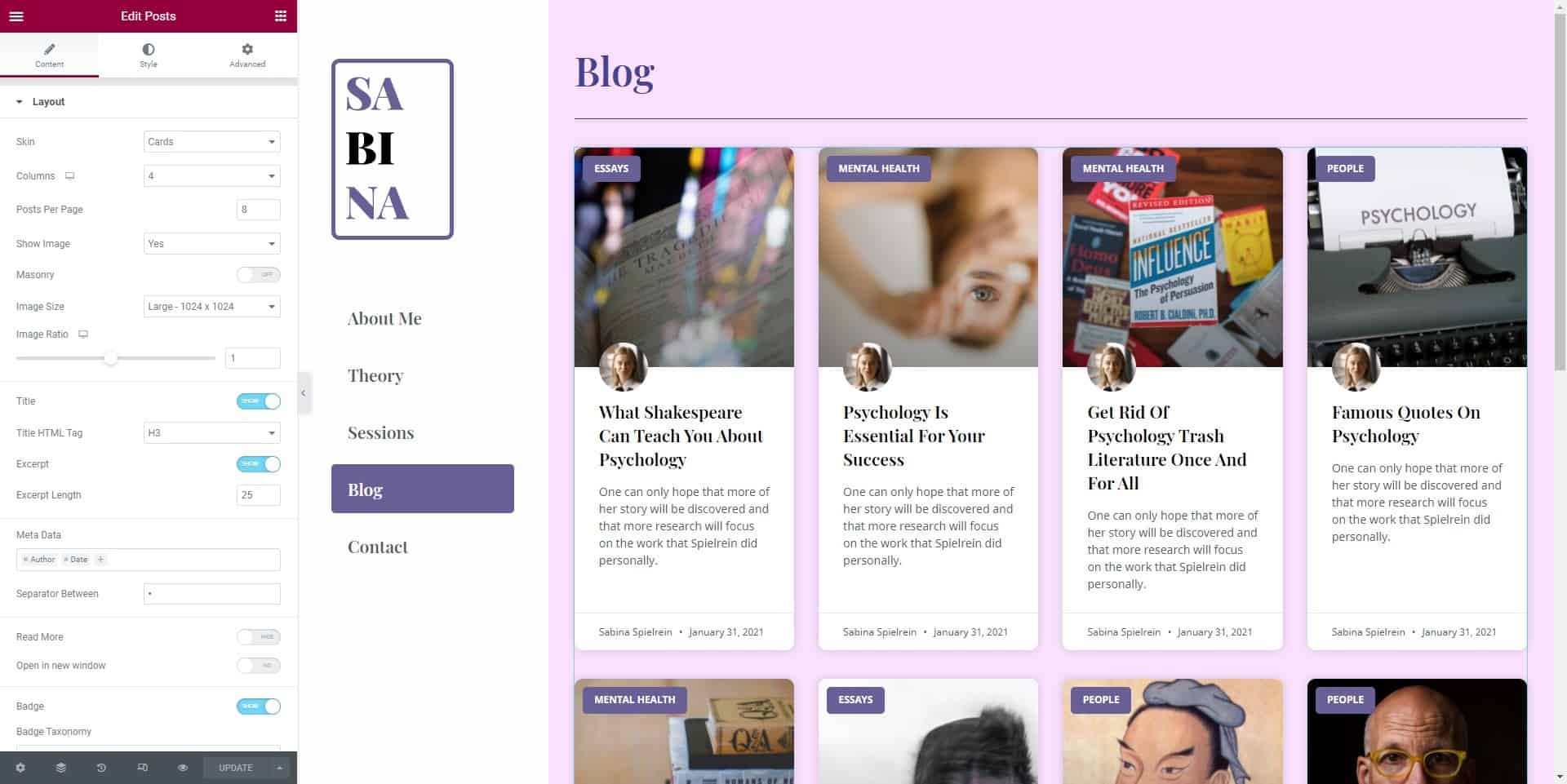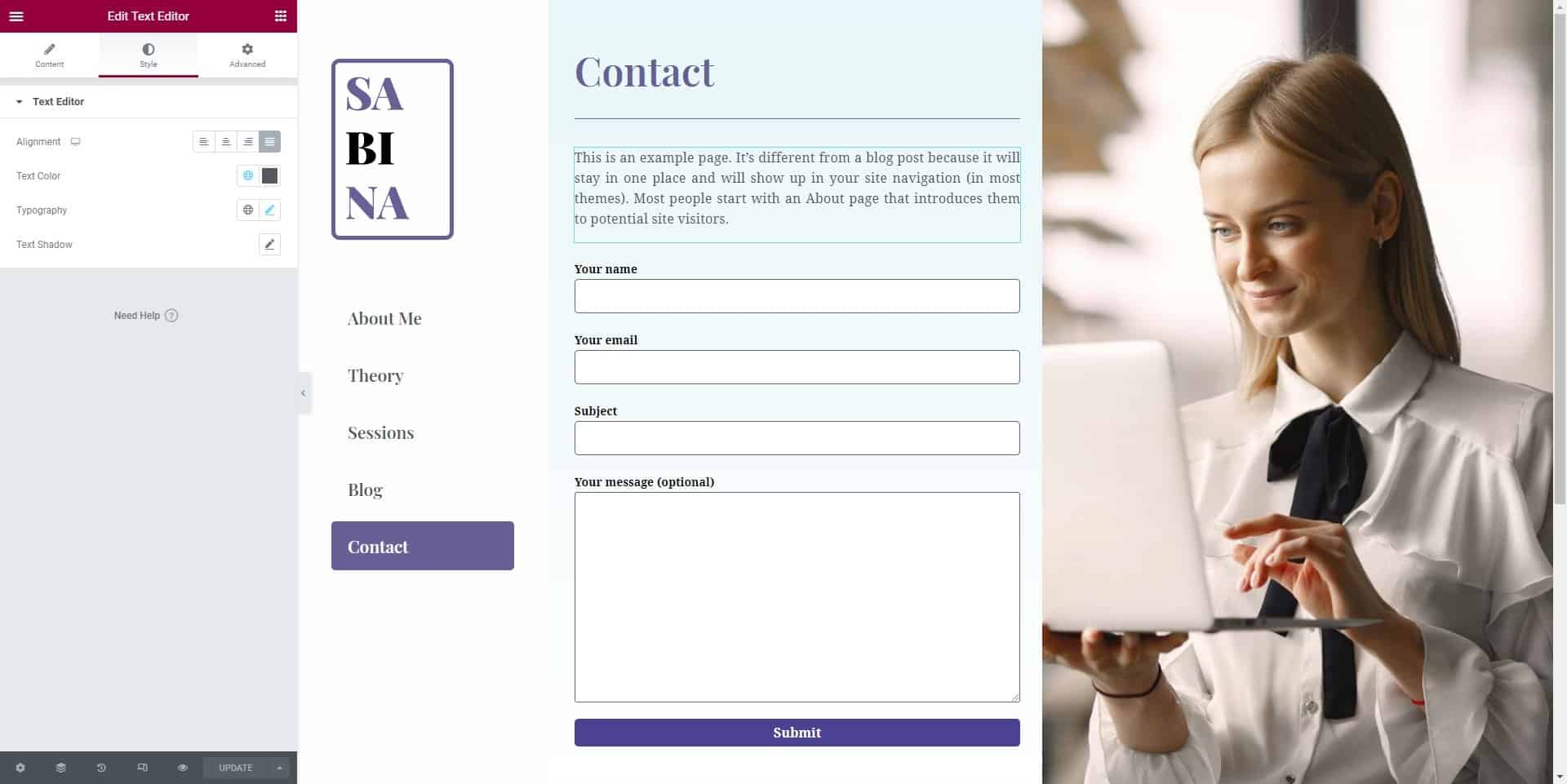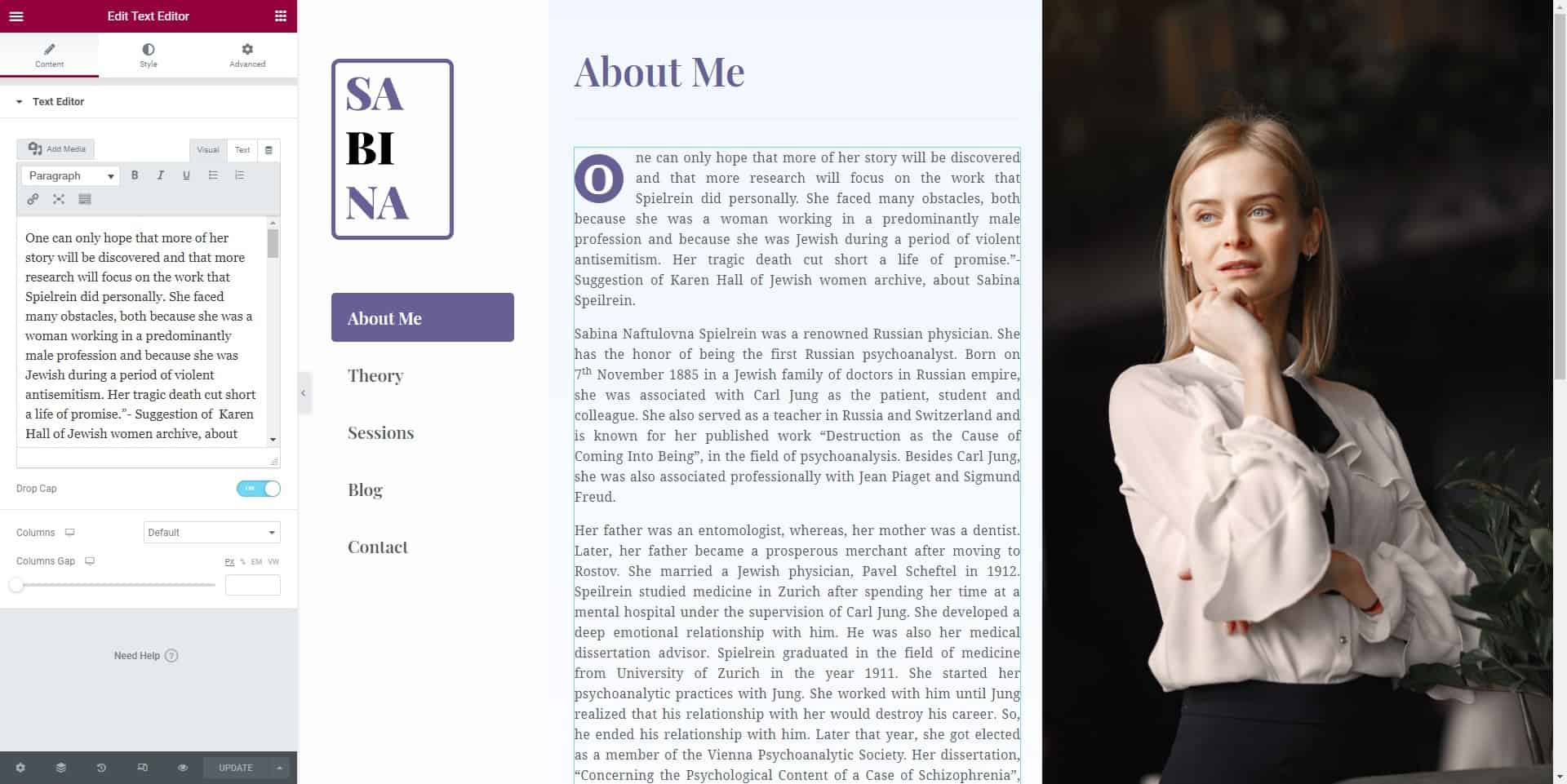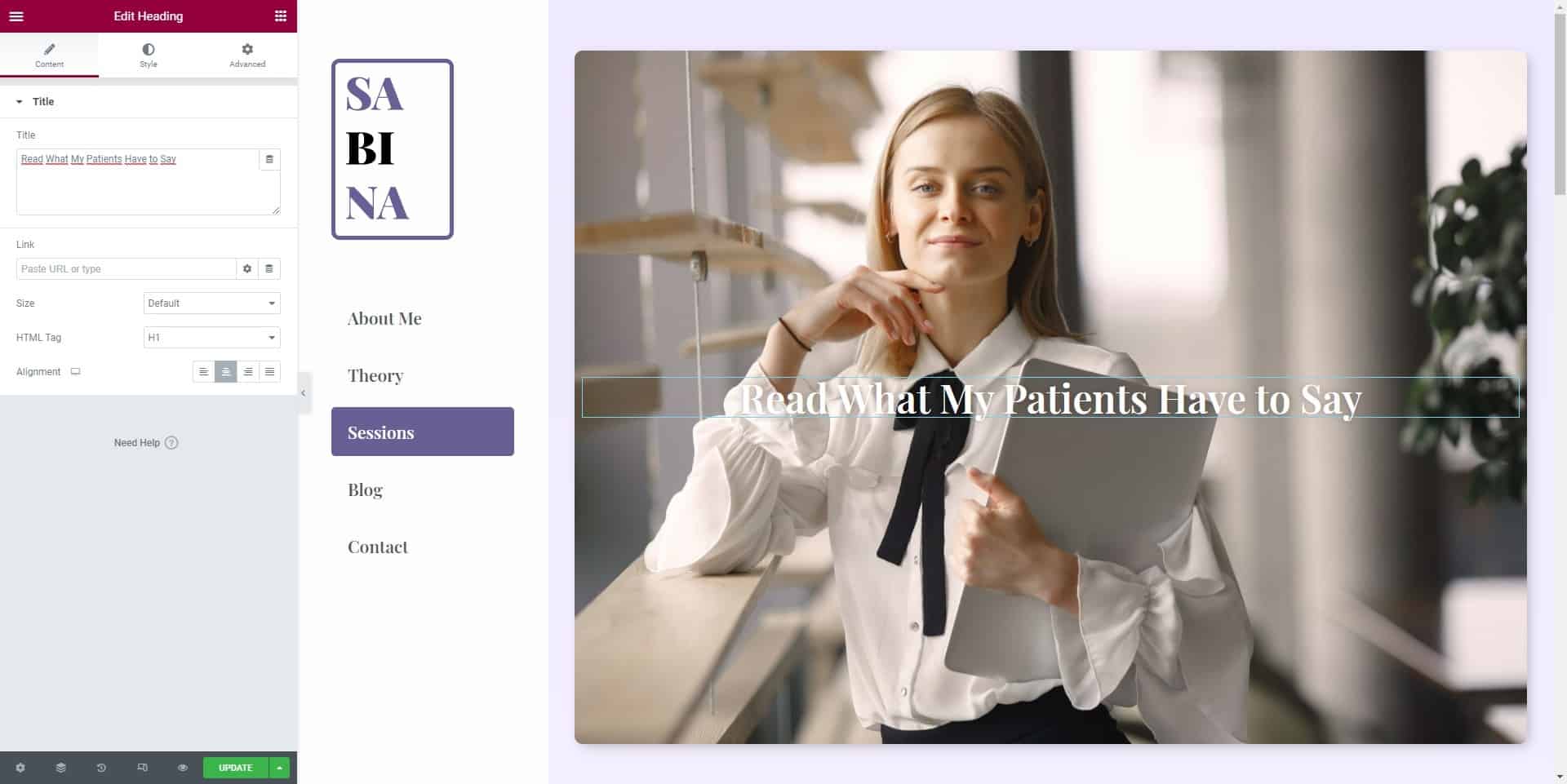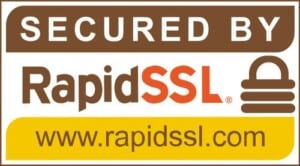© 2024 RAMSTHEMES. All rights reserved
Introduction
Welcome to SABINA, a new WordPress Elementor Theme designed for Psychologists and Therapists with a nice and modern UI, easy and intuitive to use for professionals. This new version is built with the base of Joints, and includes Elementor Pro and Power Pack, which brings more widget modules ready to use according to the taste and need of the consumer. We hope this new theme meets your expectations in terms of design and customization.
Requeriments
You need to make sure that your web host has the minimum WordPress and Elementor requirements to run themes-based sites:
- WordPress installation
- PHP 7.3+
- Basic Knowledge of WordPress (create posts, upload images, install plugins, fill fields, etc.) and Elementor Page Builder (Drag and drop widgets, customize styles and Options)
- MySQL version 5.6 and above
- The mod_rewrite Apache module
- The iconv extension with UTF-8 encoding
- HTTPS support
- max_execution_time more than 180, we recommend 300
- memory_limit at least 256M to run plugins without issues and avoid the Elementor “loading loop” bug
Product Contents
- Theme files
- .WPRESS file for demo import
- Documentation
Setup Demo
Import .wpress file from All-in-One WP Migration
If you want to import the demo to your WordPress installation (looks exactly the same as demo site), when you make a clean install of WordPress on your server, first download the All-in-One WP Migration plugin and activate them. Now, go to Import page from the All-in-One WP Migration dropdown menu:
Once you have chosen the option, the application takes you to the Import page:
From this page you can select from where you want to import a backup using the dropdown menu:
If you chose ‘File’, the plugin will open a window showing your local files and folders and will let you chose a backup for import from there. Then, extract the file from the Demo Content folder. Next, a file called sabinawpdemo.wpress appears. Choose them to begin the import process:
The import has an additional step which warns you that your website will be overwritten by the new backup including database, media, plugins and the activated theme. This is the last step from which you can cancel the process. After pressing ‘Proceed’ you cannot stop the import process anymore. The amount of time the import process will take depends on the size of the data and the speed of your internet connection.
Note: is important to previously check in your Hosting Service the File Size Upload option (800 MB recommended size or more, because the size of the import file is big, due to the images used)
When finished, a successful import will display this message:
At this step, it is recommended to click on Permalinks Settings link and save your permalinks twice in order to save them and generate .htaccess file.
Also, because the demo imports the original database, your admin user and password keys will change to the included in Theme documentation file.
Please, enter with this keys to your dashboard and change them in the Users/Your profile section to whatever you want.
Common Theme Installation
If you don’t want to import the demo file, the ideal is to install theme from a fresh WP installation, to customize the theme options and start uploading the contents. Use this method only if you have advanced knowledge to create templates from scratch with Elementor.
When you purchase the theme, the downloaded zip file contains Theme files (it contains the zipped installable WordPress theme file)
Extract the downloaded zip, and select the zip file sabinawp.zip and sabinawp-child.zip. Now, you have two ways for installing the theme:
1 – Install theme via WordPress Dashboard
Go to Appearance > Themes section and click Add New
In the next screen click the Upload Theme button
Click the Choose File button, select the zip file and click Install Now.
You can now activate the Parent Theme first, and next the Child Theme.
Child Theme
A child theme is a theme that has all the functionality and styling of another theme; referred to as the parent theme. Child themes are the recommended way of modifying the code of an existing theme, since a child theme preserves all custom code changes and modifications; even after a theme update. If you modify code directly from a parent theme, and then update the parent theme, your changes will be lost.
Although child themes can be a great way to add custom changes, they are most often used to customize core code taken from the parent theme. Because of this, please be aware that customizations of this nature fall outside our scope of support, and we will be unable to assist you with any issues that may arise. The child theme is primarily inserted in the package for developers’ convenience.
Always use a child theme when modifying core code. Child themes can also be used for custom CSS applications, template file modifications, and custom PHP functions and/or hooks. There are two ways to modify a child theme. Bear in mind that using child themes is no guarantee that an update of custom code on the parent theme will not require further maintenance.
If you want to make changes in theme’s templates or functions, we recommend that you install child theme and make changes there. To learn more about the purpose and basis of creation of child theme, visit WordPress Codex on Child Themes section.
Install theme via FTP
Open your FTP program (i.e, FileZilla) to browse the folders of your server, and go to wp-content/themes directory.
Extract the zip file sabinawp.zip on your computer, it extracts on the folder “sabinawp”, which contains all the Theme files. Put (or drag and drop) this extracted folder in the wp-content/themes folder. Repeat the same with the file sabinawp-child.zip, only if you want to use the Child Theme.
In the WordPress Dashboard, go to Appearance > Themes section. The Theme appears with his featured screenshot and the Child Theme, hover it and click the Activate button.
Activate Plugins
When you install and activate the Theme, there’ll be a message with a list of required and recommended plugins that ca be installed.
Build Menu
Responsive Menu
This menu is used only in responsive view, because the iconized menu is built with icons widget in the left side of every desktop view page.
Go to Appareance – Menu in the Dashboard and build the menu dragging the elements you like.
In Elementor Templates go to Header and edit them, using the Advanced Menu Widget
Then Select “Sidenav Menu” (or the name that you use for the menu builded in previous step) and customize it as you like.
Desktop Menu
This menu is used only in desktop view, because it use the iconized menu built with icons widget in the left side of every desktop view page.
Go to Templates > Saved Templates and Edit “Side Menu” Template
Template uses the Site Logo widget and Icon list widget. Customize the layout and save it to use freely.
Examples of building and editing sections with Elementor
When using a predesigned template, you can create your own unique design with the Elementor drag and drop page builder and the extra widgets of Power Pack, increasing the creative options of customizations.
Check the Elementor and Power Pack documentation if you need help with the plugin settings and detailed usage of widgets (style customizations and options).
We describe here the basic sections:
Header Template
Template uses two columns with the Widgets: Site Logo and Offcanvas Menu. Its only visible for Tablet and Mobile, because Desktop Menu is on the Side Template previously explained.
Edit the Header template using the button when hover the title in the list. Press the Elementor button
The template layout appears for edit the components (Logo and menu). After customize, press “Display conditions” button on the bottom left, in the arrow near the “Update “ button.
Select the “Entire site” condition and hit Save & Close
Footer Template
This section is configured with four columns ready to add any Elementor widget like headings, images and custom texts.
Condition:
Include > Entire site
Home Template
You can assign a page as homepage or index page. First go to Pages and click add new page to create a new page (called for example “Home”).
Then go to Elementor and Edit the Home template.
It uses custom sections boxes displayed with content inside. Wifgets used are Slides, Icon boxes, Info boxes and Pricing Table.
Condition:
Include > Front Page
Last, go to Settings > Reading and select a static page (select below) option. Assign newly created (or existing) Home page and save the changes
Single Post Template
This template uses the basic components of a post (Title, excerpt, featured image, content, comments, social share buttons) using Elementor widgets.
Condition:
Include > Posts > All
Archive Template
This template uses the Archives posts widget to display all single posts of Blog, applied to posts categories, posts archive, and search page.
Condition:
Include > All Archives Include > Search Results
Common Pages Template
A general template used for simple pages using Featured image, Title and content
Condition:
Include > Pages > All
Page Not Found Template
A template used for the “404 Not found” page using headings and a random image
Condition:
Include > 404 Page
Pages
All examples displays the imported demo file with items ready to edit. But you can build your own designs or change the options of every widget used who suits your project.
Blog Page
This page uses the Posts widget to display all single posts
Edit page with Elementor hitting the Edit with Elementor blue button and edit the Elementor Template
Contact Page
This page uses the Form widget, allowing the user for customize the contact form. Recommended practice: use a Recaptcha to add a security layer.
Edit page with Elementor hitting the Edit with Elementor blue button and edit the Elementor Template
About Page
This page uses image and text widgets to display a “landing page” with information and personal info.
Sessions Page
This page uses image and text widgets to display a “landing page” with a combo information of the Psychologist service.
Edit page with Elementor hitting the Edit with Elementor blue button and edit the Elementor Template.
Sources and Credits
Visit RAMSTHEMES FAQ Page for common issues on installation or contact us for personalized help and a more fluid communication.
* Elementor + Elementor Pro, © 2021 com, GPLv3.
* PowerPack for Elementor, © 2021 IdeaBox,
* TGM Plugin Activation, 2016 Thomas Griffin, @GaryJones, @jrfnl, GNU GPL
